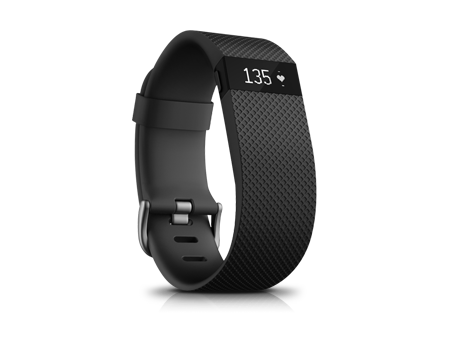Fitness wearables have taken the world by storm over the last 2-3 years. It has become a booming market to have technology strapped to your wrist that can ultimately help you recognize how healthy your lifestyle is and find room to make it healthier. The first major breakthrough device was the Fitbit Flex, which had a slim design and was able to track your steps, calories and more and sync this information to your phone wirelessly. Truth be told that when the Fitbit Charge HR was released, this took the market by storm too introducing the concept of counting the number of stairs you climb a day as well as your heart rate 24/7. However, it seems that the fitness wearable market has slowed down in momentum of such: especially with the fact that the market leader, Fitbit, did not bring a whole new lineup of devices for 2016 but just the Fitbit Blaze. This might be because Fitbit are not sure what people want from a wearable now. With this in mind, here are 3 areas I feel fitness wearables can still improve in.
#1 Better Battery
Just like with smartwatches, the battery life of a fitness wearable is key to it selling well. This is because people do not want to keep having to charge up their fitness devices every night or every other night just to read a few statistics about their health for 30 seconds a day.
The best fitness wearables should have a battery life of around a week before needing charging. With improvements and innovation occurring with batteries, we should expect to see this happen sooner rather than later.
#2 More Accurate Heart Rate Readings
One of the main problems with fitness wearables that track the heart rate of the user is the fact that the heart rate reading can be quite inaccurate as compared to the user’s actual heart rate. Reasons for this are the fact that:
- The fitness wearable can move around when on the wrist
- Sweat blocks the heart rate monitor from working well
- The wrist is not the best place to take an accurate heart reading consistently
However, there is no real solution to this problem. The algorithms and technology behind the heart rate monitors will have to improve – at times, the heart rate readings for some fitness wearables can be off by more than 25%, which is really just too inaccurate or what people want.
#3 More Stylish Design
Just like with the smartwatches again, one of the flaws of fitness wearables is that getting all the necessary features into a device on a person’s wrist with good battery can result in something that just does not look that stylish. Above anything, if people are expected to wear these 24/7 they should look good on them. Therefore, making sure the devices are thin and have a certain level of style associated to them will really help the sales of fitness wearables.







You must be logged in to post a comment Login